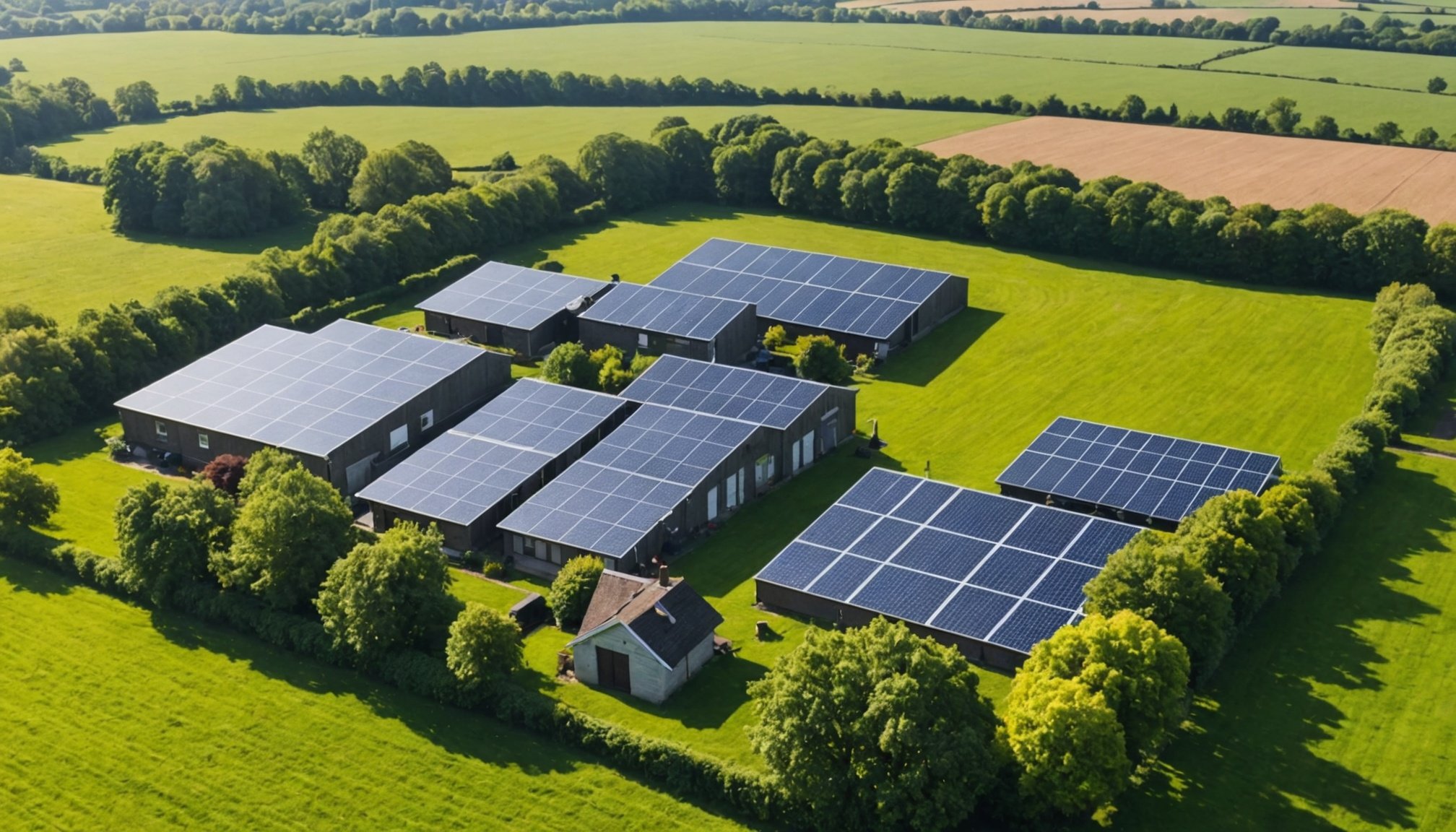Current State of Renewable Energy Adoption in the UK
The United Kingdom has made significant strides in utilizing renewable energy sources, with a focus on diversifying its energy mix. Key sources include wind, solar, and hydropower, each playing a vital role in achieving sustainability goals. Evidently, wind energy is a front runner, benefiting from the UK’s robust offshore capabilities. Solar panels are increasingly popular among households, though their adoption is highly dependent on location and climate conditions.
According to recent statistics, the adoption rates of renewable energy in households have shown a positive trajectory over the past decade. Notably, approximately 30% of the UK’s electricity now derives from renewable sources. This shift highlights a growing commitment to reducing reliance on fossil fuels and meeting carbon neutrality targets.
This might interest you : Key Considerations for UK Pharma Companies Venturing into Asian Markets: A Comprehensive Guide
Several government and industry initiatives are propelling this trend. The UK’s Green Homes Grant provides financial incentives for households to install renewable energy systems. Moreover, collaborative efforts between the government and private sector aim to bolster infrastructure, ensuring the seamless integration of renewables into the national grid. Such initiatives have had a substantial impact, further encouraging both individual and collective movement towards a sustainable future.
Innovative Solutions for Encouraging Adoption
While the UK makes strides in renewable energy, innovative solutions are pivotal for further engagement. Communities and households can leverage several financial incentives to boost adoption.
In the same genre : Innovative Jewelry: How 3D Printing is Shaping the Future for UK Designers
Financial Incentives
Grants and subsidies are key in lowering the initial cost of renewable installations for households. For instance, the Green Homes Grant covers part of the expenses for installing systems like solar panels. Tax benefits also play a significant role, reducing the overall investment burden. Such incentives have seen success: in some locales, adoption rates climbed by 20% following governmental financial backing.
Community-Based Programs
Local initiatives act as catalysts for renewable energy use. Community solar projects, where residents collectively fund a solar installation and share the benefits, exemplify effective engagement. Such programs not only enhance local renewable capacity but also foster education and outreach, empowering citizens to actively participate in the energy transition.
Technological Innovations
Recent advancements are reshaping the landscape. Smart home systems can seamlessly integrate renewable sources, optimising usage and efficiency. The future beckons with promise as innovations continue: enhanced battery storage and more efficient wind turbines hint at a robust, renewable-powered tomorrow.
Government Policies Supporting Renewable Energy
The United Kingdom’s government policies play a pivotal role in steering the nation towards a sustainable energy future. These policies are formulated to encourage the adoption of renewable energy and to ensure the renewable energy UK targets are met efficiently.
To begin with, the UK’s renewable energy framework is aligned with global climate commitments, such as those outlined by the Paris Agreement. The government has set ambitious targets to achieve carbon neutrality by 2050. This involves increasing the share of renewable energy sources in the national energy mix. Recent policies focus on incentivising green energy projects and streamlining procedures for planning permissions, particularly for wind and solar installations.
Brexit has impacted UK’s renewable energy strategies, as it altered the regulatory landscape. However, the UK remains committed to its renewable goals, with policies ensuring continued collaboration with European energy markets for grid reliability and efficiency. The government’s Renewable Heat Incentive (RHI) is a notable example, offering financial support to households and businesses investing in renewable heating solutions, further propelling adoption rates. These policies are not only environmentally advantageous but also aim to bolster the economy by creating opportunities in the green energy sector.
Recommendations for Households Transitioning to Renewable Energy
Transitioning to renewable energy can seem daunting. Yet, by following some practical steps, households can ensure a smooth shift while maximising energy efficiency. This section will guide you through some crucial considerations and opportunities for households embarking on this sustainable journey.
Steps for Initial Transition
Start by assessing your home’s energy needs. This involves identifying areas where renewable energy could be integrated, such as solar panels or home wind turbines. Research thoroughly to select the most suitable technologies tailored to your household’s requirements. Funding options are also available, including grants and low-interest loans, to facilitate initial investments.
Maximizing Efficiency
Prioritise energy efficiency when transitioning to renewables. This includes upgrading insulation and opting for energy-efficient appliances. Combine these measures with renewable sources to create a balanced approach. Also, smart metering is crucial. These devices help manage energy consumption intelligently, ensuring you maximise the benefits of renewable energy usage.
Ongoing Maintenance and Community Involvement
Long-term success requires ongoing system maintenance. Engage with local renewable energy forums for support and advice. Consider participating in community renewable projects. This fosters collective action, expands energy access, and enhances the benefits gained from your transition to sustainable energy.


